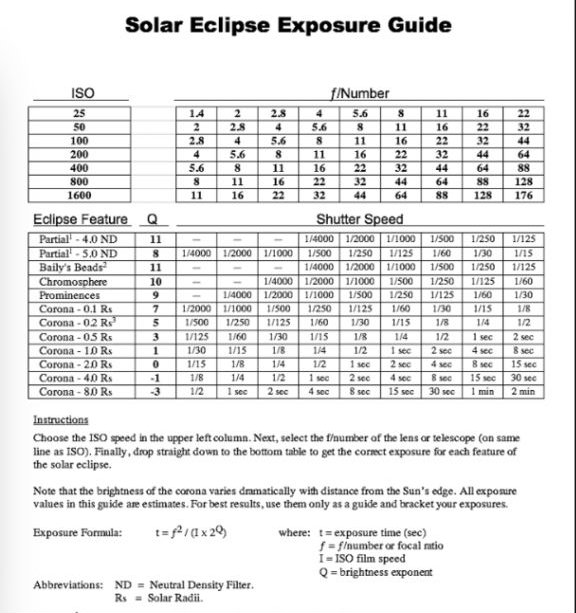

Taking a series of photos during the entire eclipse is popular. The Moon is only partially blocking the Sun. The Moon will be in silhouette obscuring all detail of the Moon’s surface.ĭuring a total or annular eclipse, partial phases will precede and follow totality. Because the Sun is bright compared with the Moon, you will only be able to see the shape of the Moon as it passes in front of the Sun. Partial Phases of an Eclipseĭuring a partial eclipse, the Moon only partially blocks the Sun. Here’s a brief description of what happens during each phase. Each one lasts for a short amount of time and has exciting characteristics you can photograph.Ĭheck out the graphic below for more details.

In 2017, the partial eclipse started about 90 minutes before totality.Īn eclipse happens in five major steps. The eclipse begins to happen when the Moon first covers the Sun. But this isn’t usually when photographers start shooting. On their table, NASA gives us the time of the greatest eclipse. Totality or the time of the greatest eclipse is the highlight of the eclipse. Planning when and where to be to see the eclipse is very important to a successful photograph. You’ll need to scout your location in advance and be in place and set up well in advance. States like Texas saw only a partial eclipse.

was seen in Oregon at 5:24 PM (UTC), Missouri at 6:16 PM (UTC), and North Carolina at 6:46 PM (UTC). For instance, the August 21, 2017, total eclipse in the U.S. Not everyone in the same country sees the eclipse the same way at the same time. This gives you a general idea, but the eclipse traces a path across the sky. It also tells you the region and which countries will have the best visibility. The site gives you the date and time of the eclipse. NASA has a good website for finding the next eclipse in your area. You may be waiting for the next eclipse in your area or looking to travel. Solar eclipses don’t happen that often, so a bit of planning is needed to make the most of the experience.įirst, find the eclipses. These are popular astronomical events, so they are generally well publicised. Scientists predict solar eclipses based on orbital cycles.
#Solar eclipse maestro exposure table how to#
Photo by Jenn Mishra How to Plan a Solar Eclipse Shoot When and Where to Photograph the Solar Eclipse Total Solar Eclipse – The Moon passes in front of the Sun completely obscuring it from view.ĭiamond Ring captured during the August 17, 2017, total eclipse.Totality – Point where Moon entirely obscures the Sun during a total eclipse.Partial Solar Eclipse – The Moon passes in front of the Sun, but does not fully cover it.It is named because the effect looks like a piece of jewellery in profile. Diamond Ring – This is the last flash of light just before totality.Corona – The outer layers of the Sun’s atmosphere.Baily’s Beads – Beads of light appear that on the Moon’s surface just before totality.Annular Solar Eclipse – This is like a total eclipse except the Moon isn’t large enough to completely cover the Sun.Here are a few terms that might help you plan and photograph this rare celestial event. If you haven’t taken an astronomy class recently, you may not be familiar with words associated with solar eclipses. This is where the moon only partially covers the Sun. If the alignment is less than perfect, we see a partial eclipse. No wonder people in ancient times saw a solar eclipse as a bad sign.Ī total solar eclipse is possible because the apparent size of the Moon in the sky is almost the same as the Sun. If this celestial alignment is perfect, and if you are in the right location, the Moon will totally cover the Sun. Graphic showing the relative position of the Earth, Moon, and Sun during a solar eclipse.

Eclipses depend on the relative location of the Earth, Moon, and Sun. A solar eclipse is when the Moon comes between the Earth and the Sun, blocking the Sun at least partially.


 0 kommentar(er)
0 kommentar(er)
